As we know, investing can be a great way to grow our money in the long term.
And one of the most important elements of investing is managing your risk.
Risk? What risk?
Risk is the chance that an investment will lead to financial loss either because it doesn’t provide the expected return or because you get back less than you contributed.
Each asset class is typically associated with different levels of risk, but also a corresponding expected return. Assets with higher risk tend to be more volatile and go up and down more over time. But they also tend to have the highest potential returns. Assets with lower risk are usually less volatile and go up and down less over time. But they also have lower potential returns.
How can I avoid risk?
With investing, there’s no way to avoid risk altogether. But one way you can minimise it, is to have a diversified portfolio. In other words, don’t put all your eggs in one basket.
If you didn’t have a diversified portfolio, you might be investing all your money in one company, like Apple for example. This would be pretty risky as all your money depends on Apple doing well. But if something happened to the company, you’d lose all your money.
So diversification helps you manage risk and reduce volatility. Through diversification, you spread your money in your portfolio across different types of assets with varying degrees of risk so that you reduce your exposure to any potential losses.
If you own a piece of many different types of assets and one of them doesn’t work out, this will have a smaller impact on your total portfolio than if you had just invested in that one asset alone. But, no matter how diversified your portfolio is, you can’t completely eliminate risk.
Ok…tell me more about risk tolerance
Your risk tolerance is how much risk you’re comfortable taking in your investment portfolio. It tells you how comfortable you are with the value of your investments going up or down.
For example, once you’ve reached a comfortable income/savings/investment level you might want to speculatively invest in emerging technologies or companies – knowing that they might not succeed but that if they do, you could increase your small investment. So in that case you’d have a higher risk tolerance on those specific investments.
Putting it into a real-world perspective, let’s say you’re planning a holiday and you’d like to try some outdoorsy activities. If you decide to go for a walk in the country because that’s something you’ve done before and you know you like it, it’s quite a low-risk choice. But let’s say you want to try something new, maybe something more adventurous and something you’ve never done before, like mountain climbing – that could sound really exciting to you. But it would mean you’d need to have a higher tolerance for potential risks and be prepared for them.
How can I find out my risk tolerance?
You can find out your risk tolerance by answering a risk profile questionnaire. Based on your result, you can feel more comfortable choosing the right investments for you. And you can make sure that your portfolio carries no more or less risk than you’re happy to accept.
If you’re an Octopus Money client, you can login and complete your risk profile here.
